heading
About the S2S Platform
The Action Platform for Source-to-Sea Management is a network of organizations committed to promoting, building commitment for, and implementing source-to-sea action to address key development challenges.
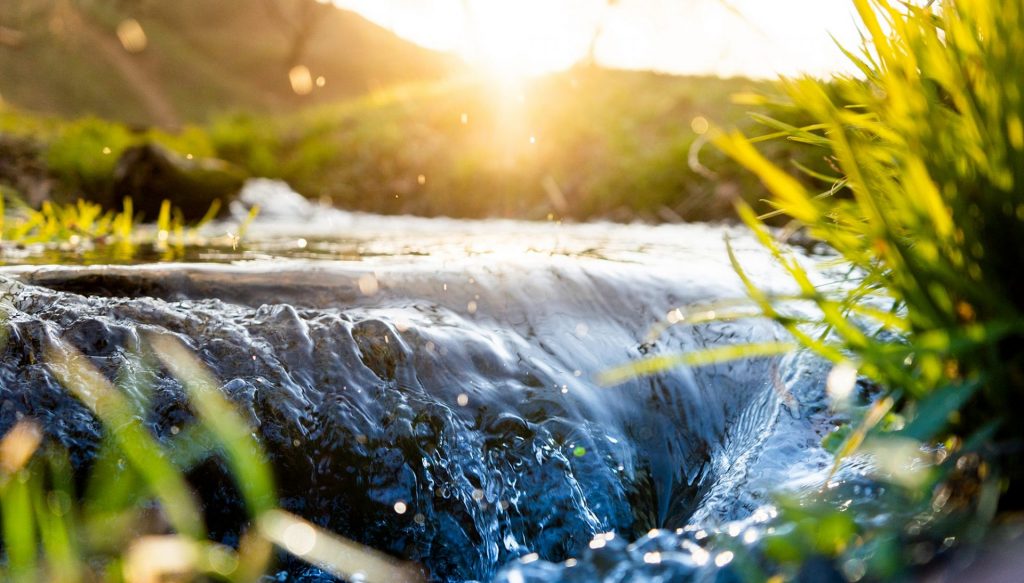
The S2S Platform leverages the voice of its partners to keep source-to-sea action on the agenda. Partners grounded in research, implementation and monitoring strengthen the evidence-base and build the demand for source-to-sea action. They demonstrate that a source-to-sea approach is needed to address persistent and rising issues such as climate change, water and marine pollution, and biodiversity decline.
The Platform builds capacity in source-to-sea management and works to provide local practitioners with the required resources to plan and act holistically. The global network of partners connects to share learnings and expertise, with each other and beyond, to grow the source-to-sea community.
The activities of the S2S Platform are supported by a secretariat, hosted by the Stockholm International Water Institute (SIWI). The secretariat helps to maintain a vibrant community of committed source-to-sea advocates through facilitating partner engagement activities and supporting collaborative activities.
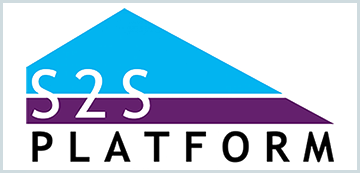
This is S2S Platform
The Action Platform for Source-to-Sea Management is a network of organizations committed to promoting, implementing, and building expertise on source-to-sea management.
Why S2S management
History
The Action Platform for Source-to-Sea Management, often referred to as S2S Platform, was formed in 2014, at the initiative of a group of committed partners.
Over the years it has successfully influenced policy dialogues as well as operational and financing strategies to better reflect the need for source-to-sea action. It has raised awareness and political attention to source-to-sea issues. And in the process, it has brought the freshwater and ocean communities together, and supported policy makers and practitioners through the development and dissemination of knowledge materials, policy briefs and practical tools.
Strategy and goals
At the end of the 2017–2020 strategy period, the S2S Platform could demonstrate notable achievements, but there is still a long way to go. With the Strategy 2021–2025, the aim is to achieve the vision: “A world in which land, freshwater, coastal and marine resources are managed holistically, balancing benefits for the environment, communities and economy from source to sea”. The S2S Platform does this by focusing on key strategic aims and clear ambitions for what it wants to achieve by 2025.
The strategic aims are:
- Strengthening partnership across actors and initiatives: Through individual and joint activities, we will engage our extensive networks and connect with relevant initiatives promoting source-to-sea policies and practice; thereby building understanding, commitment, and action to address source-to-sea issues.
- Growing understanding: We will substantiate the need for and benefits of the source-to-sea approach and increase the understanding of source-to-sea linkages by gathering and sharing knowledge, building an evidence-base gained through research, and developing guidance on addressing source-to-sea challenges.
- Building commitment for source-to-sea action: We will inform and influence global, regional, and transboundary agenda setting and the priorities of governments, financiers, private sector, and civil society to effectively address source-to-sea issues in policy and practice.
- Taking action on the ground: We stimulate source-to-sea action by raising awareness from grassroots to national levels, building local and regional capacity and demonstrating its benefits in addressing development challenges through practical application.
Goals for 2025
- The S2S Platform will have active, engaged partners representing the diversity of actors needed to fulfill our vision.
- The S2S Platform establishes a global source-to-sea knowledge hub.
- Source-to-sea perspectives hold a permanent place in the global agenda as a solution to rising and persistent development challenges.
- Expertise is built and source-to-sea management is applied in six continents.
Steering committee
The Steering Committee, elected from among the partners, guides the direction of the S2S Platform.
It identifies annual priorities and take a leading role in promoting the source-to-sea approach by engaging its collective networks.
Members of the Steering Committee:
- Tom Panella, Chair
- International Union for Conservation of Nature (IUCN), James Dalton, Director IUCN Global Water Programme
- Intergovernmental Oceanographic Commission UNESCO (IOC/ UNESCO), Julian Barbiere, Head, Marine Policy and Regional Implementation Section
- International Water Resources Association (IWRA), Callum Clench, Executive Director
- Deltares, Audrey Legat, Senior Advisor Water Governance
- United Nations Development Programme (UNDP), Mary M. Matthews, Head, UNDP Water and Oceans i.a. UNDP Ocean Advisor and #OceanInnovationChallenge Manager
- United Nations Environment Programme (UNEP), Heidi Savelli-Soderberg, Chief a.i., Source to Sea Pollution-Free Unit, Ecosystems Division
- Global Water Partnership (GWP), Dimitris Faloutsos, Deputy Regional Coordinator Global Water Partnership – Mediterranean (GWP-Med)
- Plymouth Marine Laboratory, Andy Rees, Senior Scientist
- International Capacity Development Network for Sustainable Water Management (Cap-Net), Yasmina Rais El Fanni, Senior Programme Officer
- Stockholm International Water Institute (SIWI)
“One role of partnerships, like the one provided through the S2S Platform, is to bridge the gap between the various SDG interest groups to collectively achieve the 2030 Agenda. By applying the source-to-sea ethos to the challenges we face today, we will build towards healthy land-freshwater-marine ecosystems coherence, and through that a more climate resilient and sustainable future.”
S2S Platform Strategy
The strategy focuses the activities of the Platform partners on four strategic areas needed to achieve the Platform’s mission and make progress toward its shared vision.
Download the strategy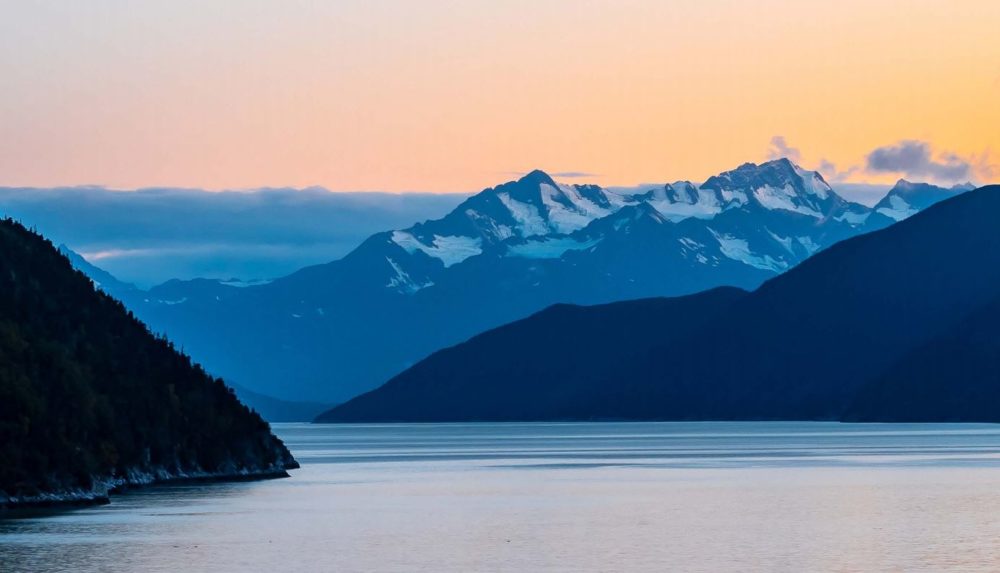
Our partners
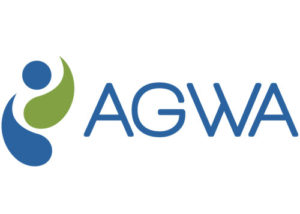
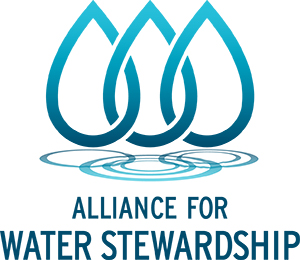
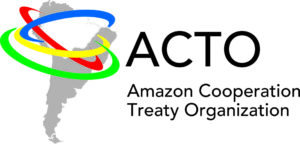
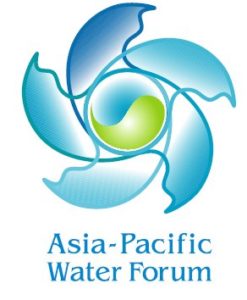

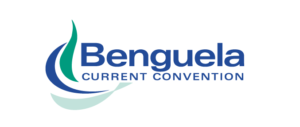
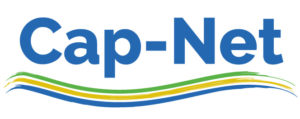

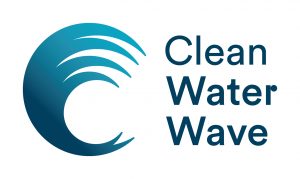
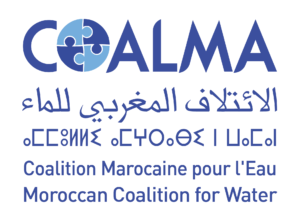
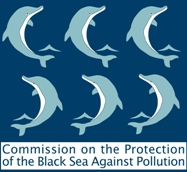
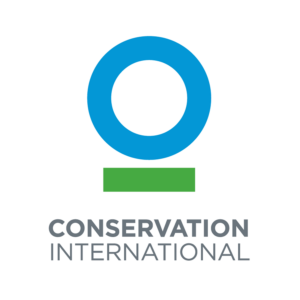
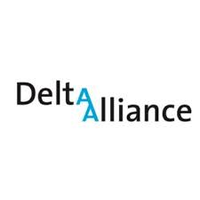

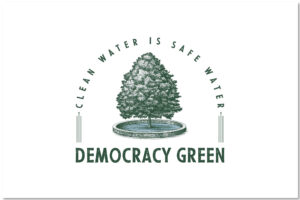
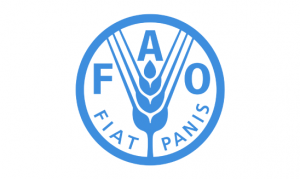
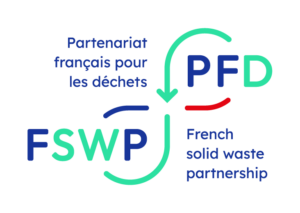
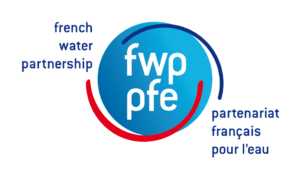
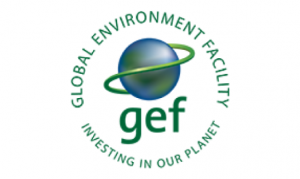
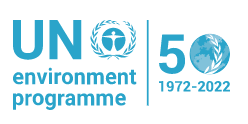
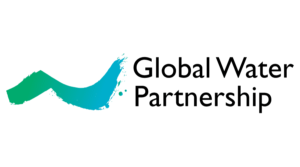
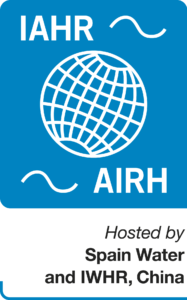
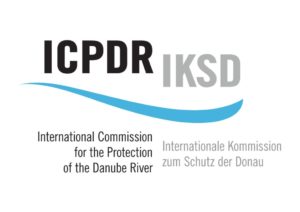
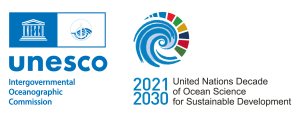

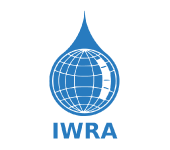
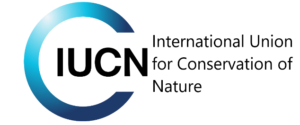



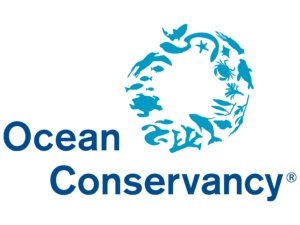
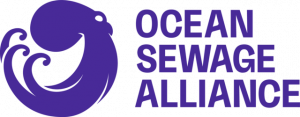
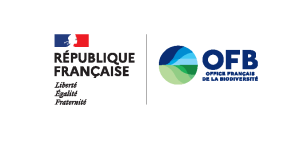
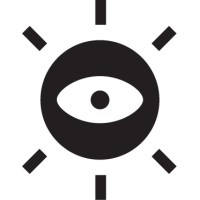
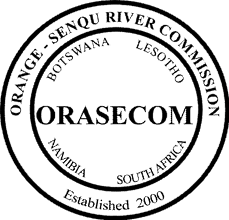
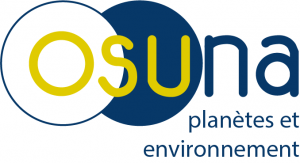
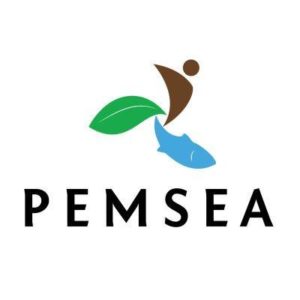

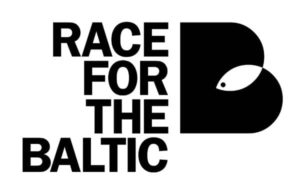
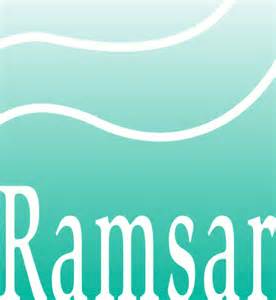
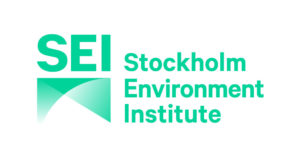
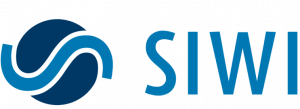

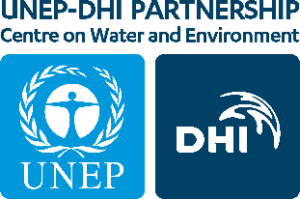
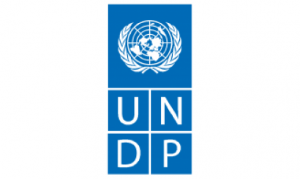
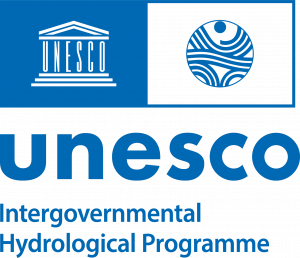

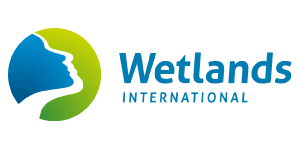

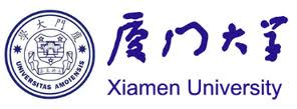
Funded by

